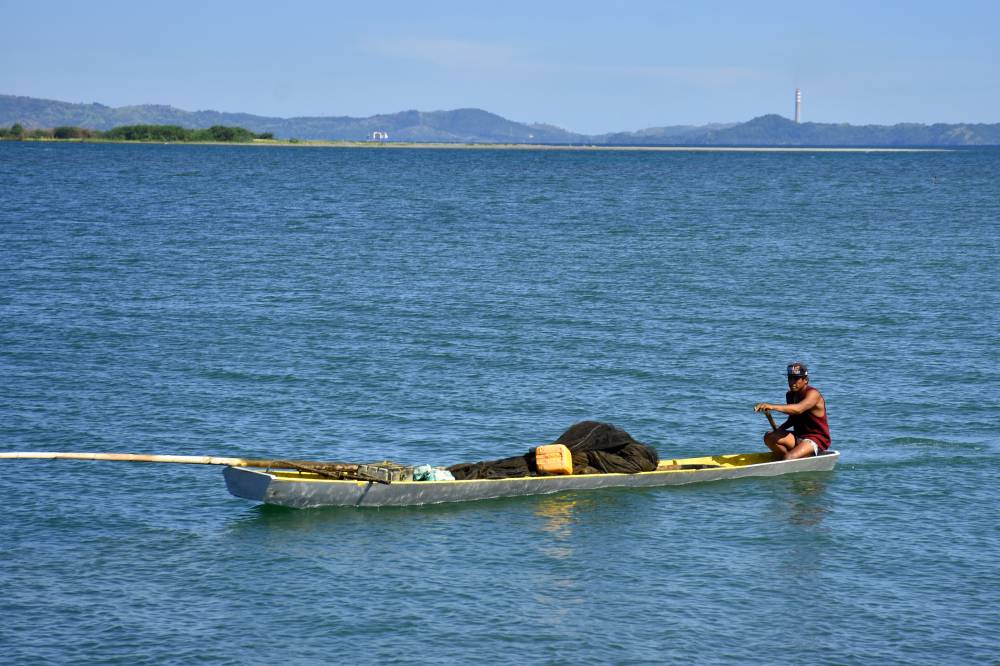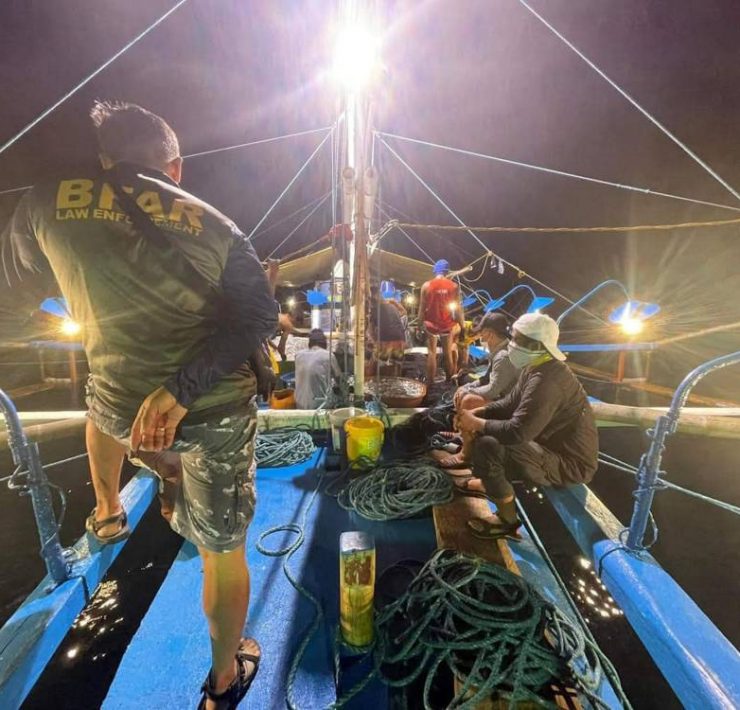Juan doesn’t live by rice alone

President Ferdinand Marcos Jr. has not wavered from a key election promise of lowering the cost of rice. The government’s primary focus is on addressing this vital commodity, recognizing that success in this endeavor could potentially ensure the continuation of his party’s grasp on power beyond his current term. This emphasis is well-founded considering that the vote-rich poor population who rely on rice as a staple food would stand to gain the most from such a program. Rice for many Filipinos serves as their primary source of nourishment. For this reason, rice is a political commodity.
To reduce the price of rice to P29 per kilo, President Marcos reduced the tariff on imported rice until 2028 back in June 2024. Recently, Agriculture Secretary Francisco Tiu Laurel Jr. announced that the full effects of Executive Order (EO) 62, which lowers the tariff on imported rice, will take effect earlier than anticipated.
However, another essential commodity that has experienced a price hike over the years is the Filipino favorite fish and viand, galunggong (scad). A few decades ago, the price of this fish was an important variable that determined consumer satisfaction which could either enhance or jeopardize a political career.
I go to wet markets whenever I can to see fish prices. Unfortunately, the prices of certain fish species have gone through the roof. The depreciation of our currency and inflation may be contributing factors to the rise in prices across various commodities. Nevertheless, regarding galunggong, the underlying principle of supply and demand may be applicable. The demand for the galunggong has increased over the years by a burgeoning human population and the already diminishing supply of this fish only adds to the problem.
Contrary to popular belief, the Philippines, with its vast seas, is no longer abundant in fish. I have previously described the state of our fisheries in a previous column. The decrease in galunggong supply is clearly due to overexploitation. Data from the Bureau of Fisheries and Aquatic Resources (BFAR) indicate a noticeable decrease in catches, a trend that is substantiated by research findings. BFAR reported a 7MT decline in catches specifically from the West Philippine Sea (WPS) compared to the corresponding period last year, as detailed in an article in Inquirer.net titled “West PH Sea: Government intensifies efforts in response to declining fish catch – BFAR.”
The declining catch has resulted in an increase in galunggong imports to compensate for the supply and we may continue to do so in the coming years because of the uncontrolled capture of immature fish, which, in return, impedes stock replenishment. The seriousness of the issue at hand is alarming and should be dealt with immediately without any dilly-dallying.
Excessive fishing effort in our fishing grounds is further aggravated by illegal fishing practices such as the use of fine mesh nets. The rampant use of the illegal hulbot-hulbot (Danish seine) method requires stronger enforcement measures against this prohibited gear.
Fishing in PH’s EEZ
Moreover, overcapacity is made worse by unregulated fishing operations of foreign fleets that intrude into our waters. Reports have it that Chinese vessels and others are fishing within our exclusive economic zone (EEZ) in the WPS. The WPS may account for as much as 20 percent of our total fish catch, but the information on how much these foreign fleets have caught and where they land them is scant. The total estimated value of fish harvested from the entire South China Sea (SCS) region is around $20 billion, contributing about 5 percent of the global harvest. Failing to tackle illegal, unreported, and unregulated (IUU) fishing within our territorial waters in this highly productive fishing ground could lead to substantial economic losses for our country.
The dilemma arises when addressing IUU by foreign vessels: should we reduce our own fishing capacity in the area to allow fish stocks to recover? The ongoing fishing activities of foreign vessels will undermine voluntary reduction efforts, emphasizing the need for foreign fishers to comply with our fisheries laws for effective conservation.
The complexity of the fisheries issue, particularly in the WPS, underscores the pressing need for solutions beyond the fisheries sector, such as diplomatic interventions. It is also crucial to recognize that the WPS serves as a representative case that reflects the broader challenges confronting our fisheries. Even in regions seemingly insulated from geopolitical tensions, there are observable declines in fish populations.
The overexploitation of our coastal waters further compounds the issue, leading to the disappearance of certain species from traditional fishing grounds. Secretary Ma. Antonia Yulo-Loyzaga of the Department of Environment and Natural Resources (DENR) recently warned that up to 2000 species could face extinction if current practices persist. This estimate may even be higher when considering marine species caught as bycatch, which often go unreported.
The studies by Magallanes and colleagues in 2022 and Villarao and colleagues in 2023 pointed out alarming tendencies of overexploitation in the galunggong fishery in the seas of Antique and Babuyan Channel. These studies underscore the negative consequences of overfishing and the use of destructive and illegal methods such as beach seining through the capture of juvenile fishes.
Setting quotas, creating reserves
To overcome these challenges and secure the future of Philippine fisheries, decisive action is essential. Experts such as Villarao stress the importance of setting quotas, creating reserves, and completely banning some practices of fishing to ensure growth and recovery of stocks. These efforts are crucial not only for protecting our marine resources but also for ensuring steady prices for Filipino consumers by improving fish supply. It is reassuring to see the management boards of Fisheries Management Areas (FMA) of FMA5 and FMA 1, responsible for overseeing these vital fishing grounds, collaborating with BFAR and other stakeholders to tackle this issue and develop proactive measures to revive the galunggong fishery among others.
Achieving a healthy supply of fish relies heavily on their recovery, and achieving this goal will become increasingly challenging following the recent Supreme Court ruling that permits commercial fishing in municipal waters. The absence of safety nets will only worsen the problem of overfishing. Data from the National Stock Assessment Program (NSAP) already indicates a concerning trend across numerous fish species, suggesting that overfishing is a pervasive issue.
Tragedy of the commons
Given our multi-species fishery, it is reasonable to assume that other species are also facing depletion. Ultimately, both small-scale and large-scale fishers will suffer the outcome of such ruling. The consequences of overfishing, such as disrupting the natural reproductive capacity of fisheries due to the depletion of breeding stocks, may lead us into a scenario known as the “tragedy of the commons.”
Opening municipal waters to commercial fishing, especially when these waters are already exploited beyond their sustainable economic limits, will exacerbate the vulnerability of our municipal fisheries. This contradicts the recommendations of the various scientific advisory groups of the 12 FMAs nationwide, which emphasize the necessity of reducing fishing efforts to sustainable levels to prevent irreparable damage to our fisheries.
A sound policy is one that aims to distribute benefits across a wide spectrum of society while minimizing the drawbacks within a minority group. Regrettably, the current SC ruling deviates from this core principle. It will bring hardship to countless individuals like Juan, who may find it increasingly challenging to afford staple foods like rice and galunggong.
Dr. Michael P. Atrigenio is an Assistant Professor at the Marine Science Institute of the University of the Philippines Diliman and the program head of the Professional Masters in Tropical Marine Ecosystems Management Program. He is also the President of the Marine Environment and Resources Foundation.



















